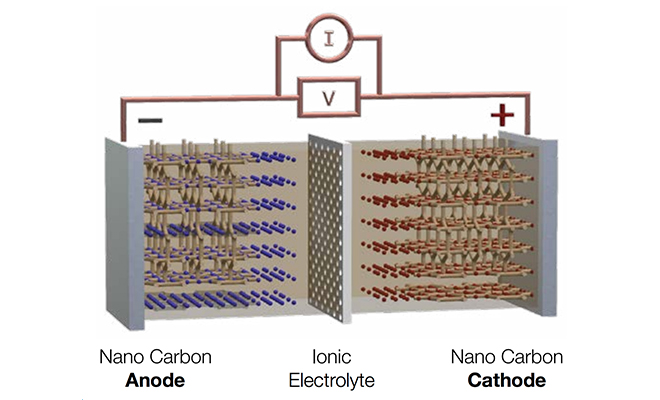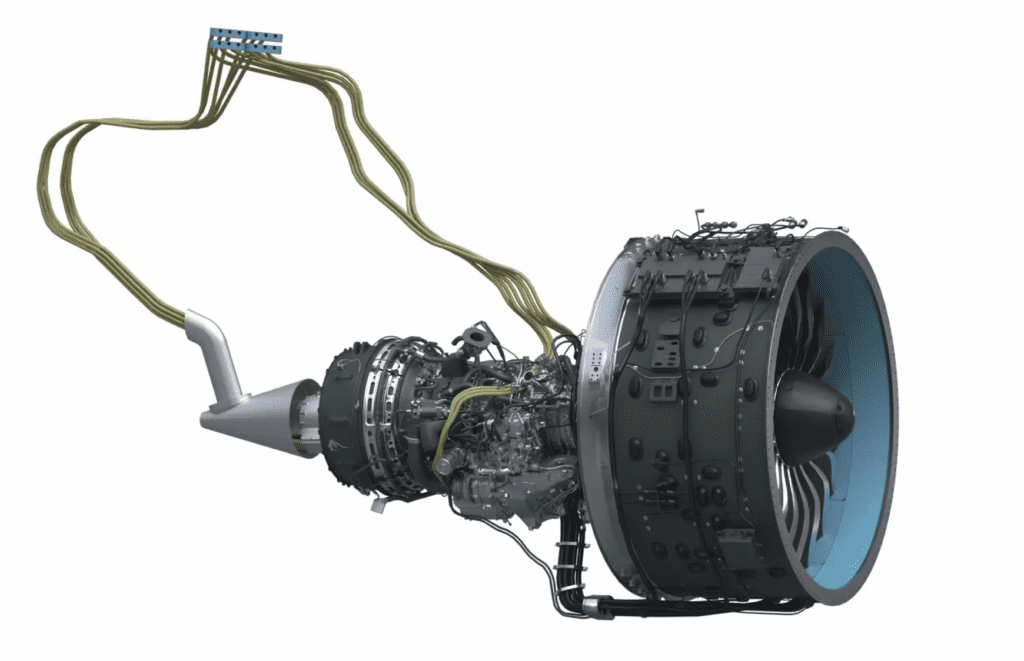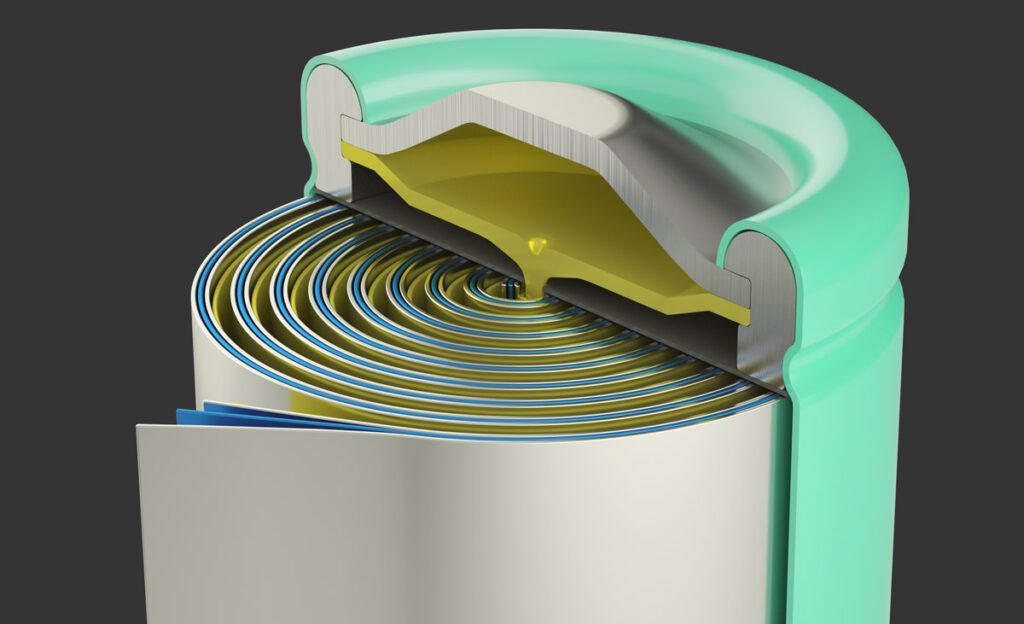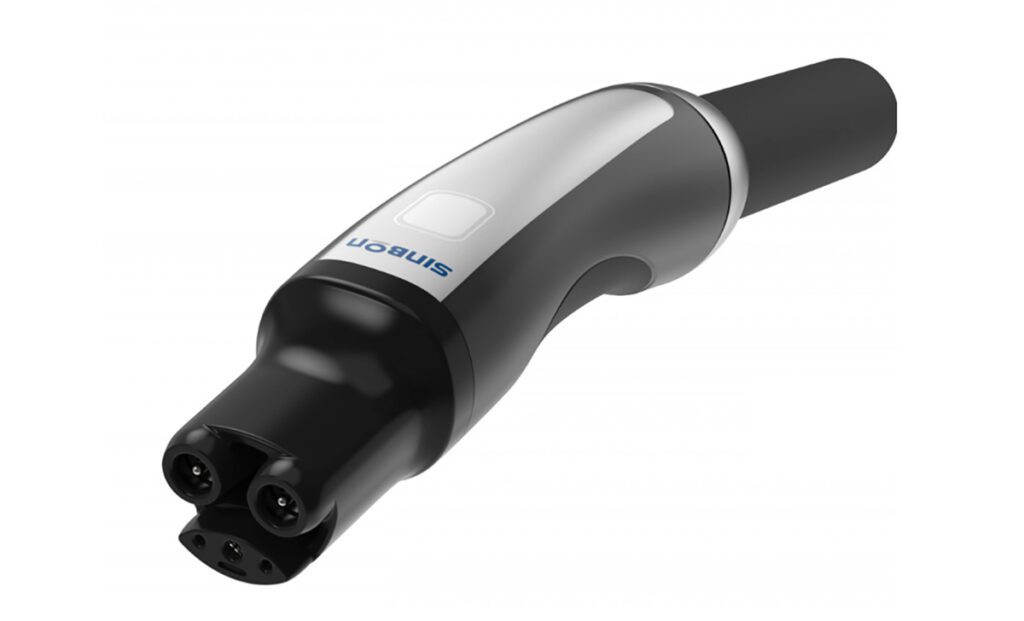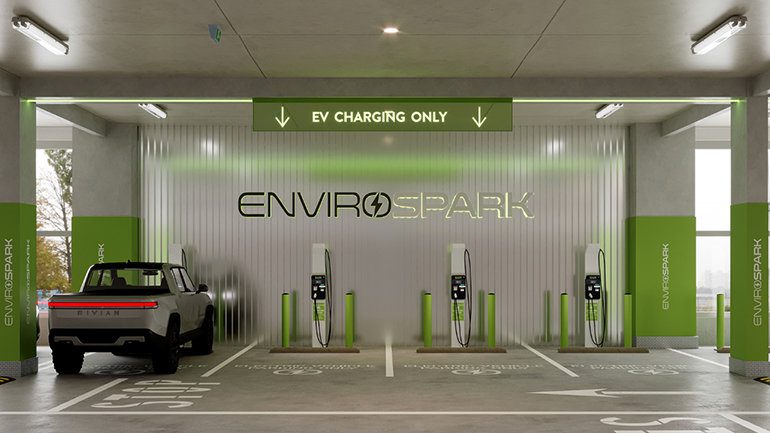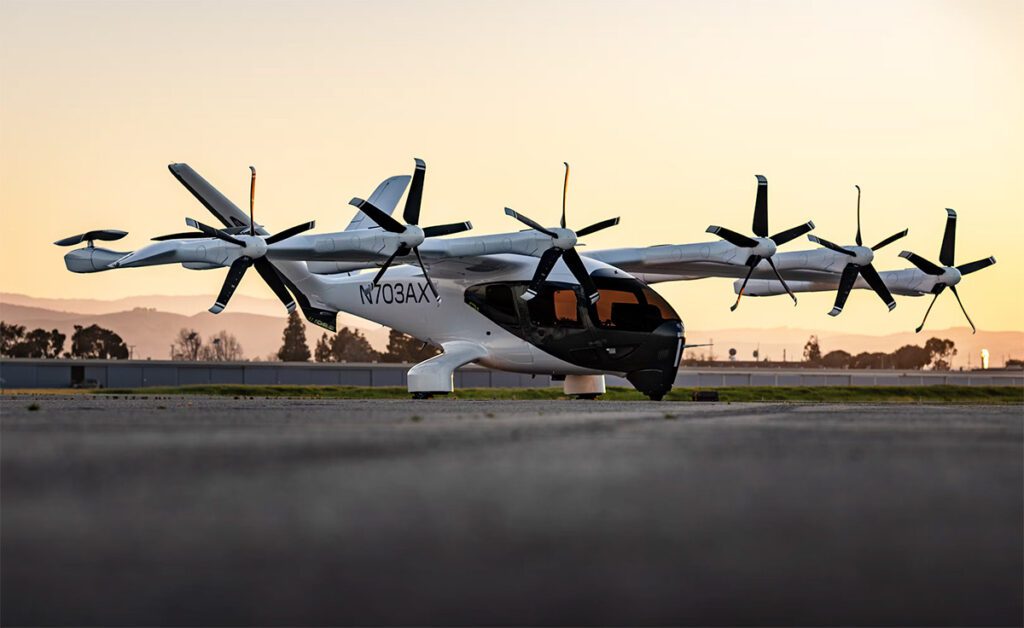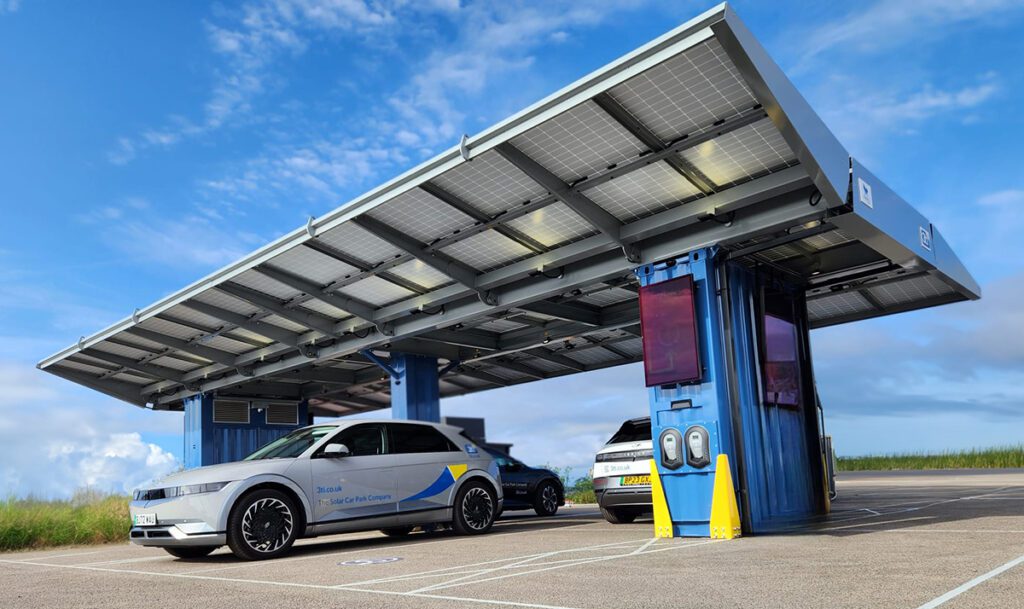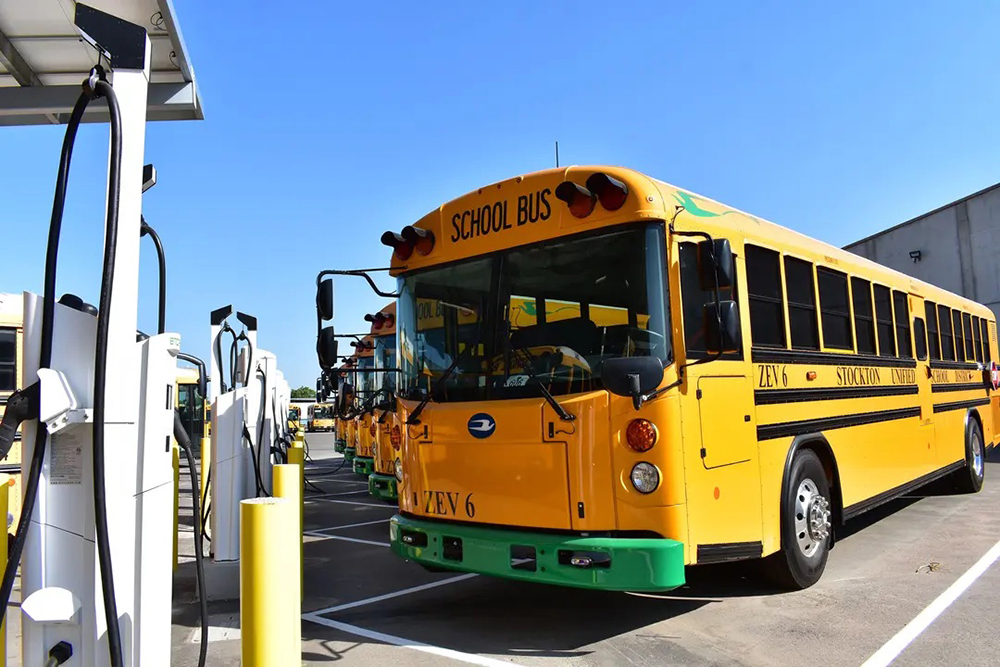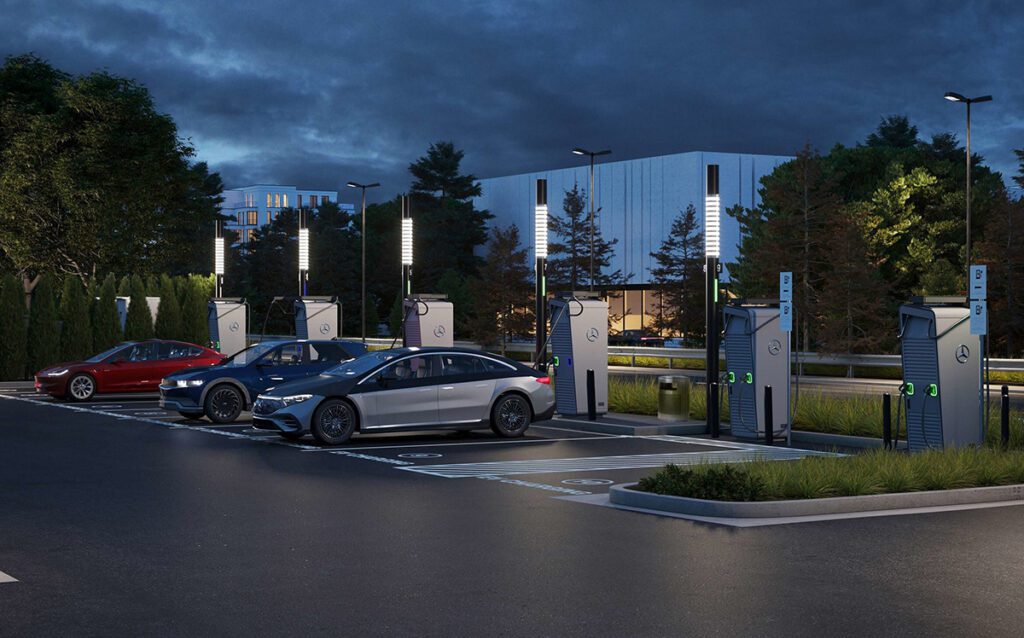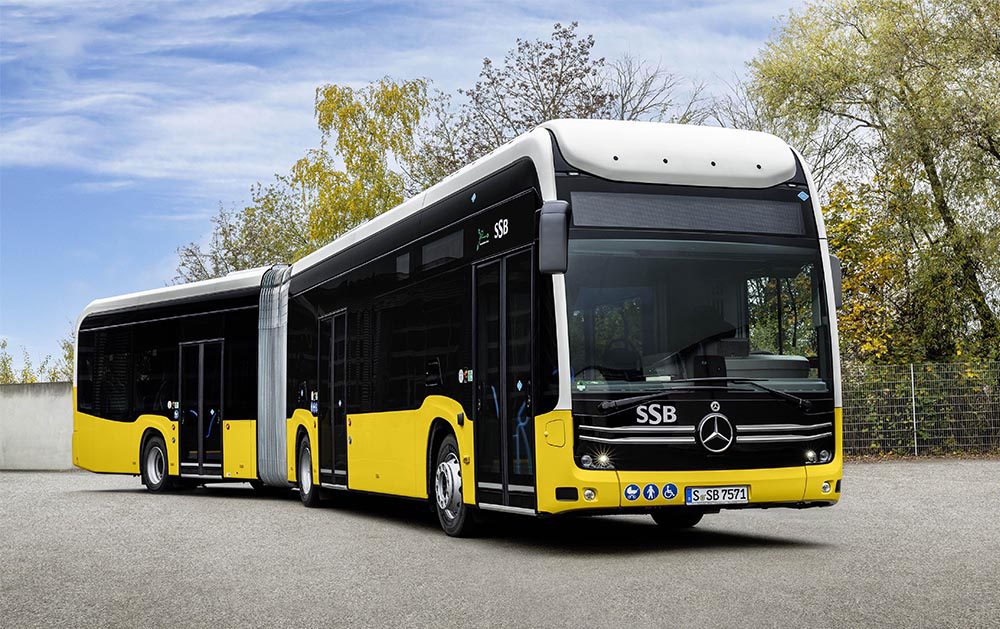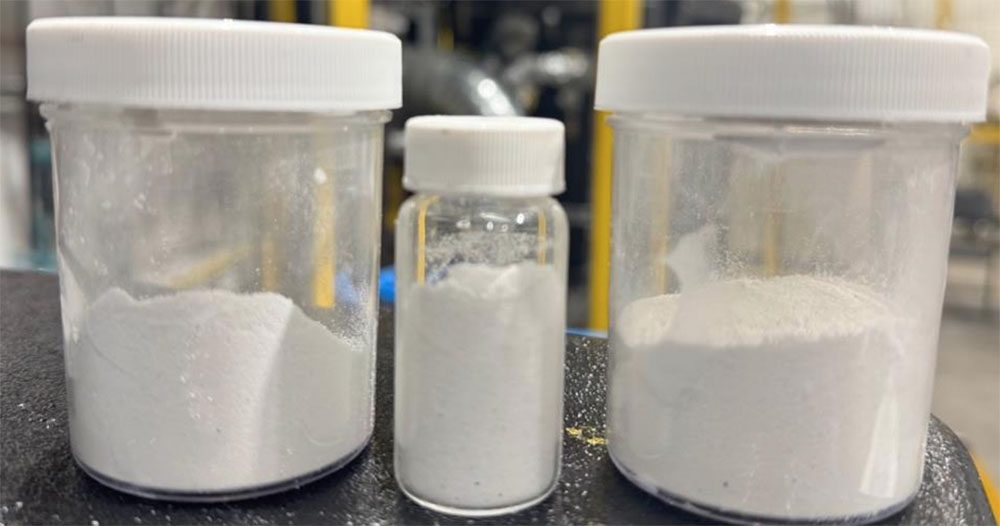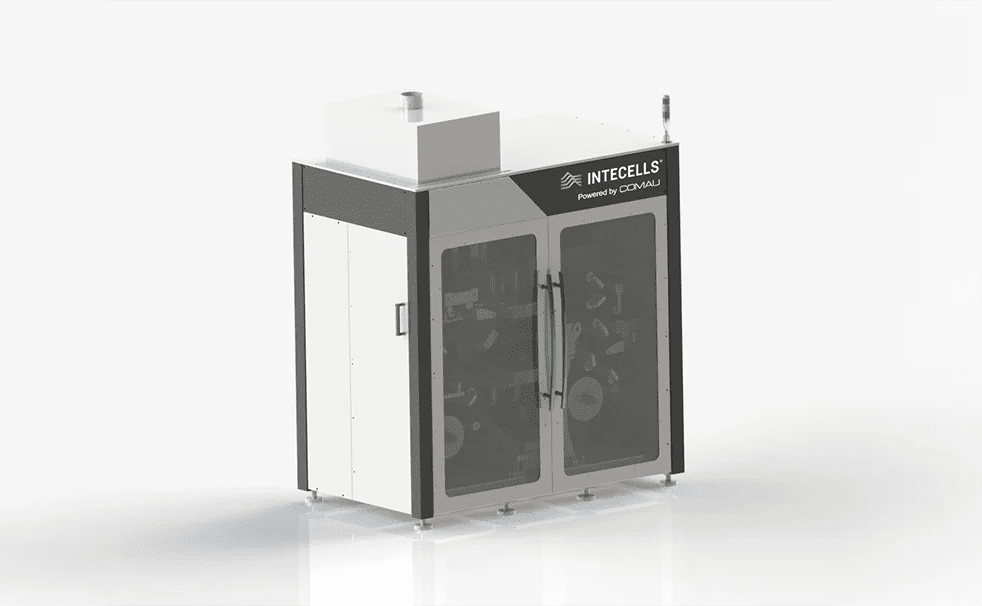Williams Advanced Engineering has selected ZapGo, a spinout of Oxford University, to join a consortium working to develop next-generation battery systems for EVs (part of the UK government’s Faraday Battery Challenge).
ZapGo’s Carbon-Ion technology, based on carbon nanomaterials including graphene, is intended to combine the power density of supercapacitors and the energy density of rechargeable batteries. The C-Ion cells work in a similar way to supercapacitors, but use different carbon and electrolyte materials that ZapGo says are safer and easier to recycle, and enable the devices to operate at higher voltages, resulting in higher energy density.
ZapGo says that its C-Ion cell can provide specific power characteristics between one and two orders of magnitude higher than those of a Li-ion cell. It is designed to be classified as non-flammable and non-hazardous for transport.
“It’s an important validation of our technology to be invited to work with the Williams team,” said CEO and founder Stephen Voller. “We want to demonstrate the viability of a hybrid battery management system that goes beyond what’s currently available to EV manufacturers. The time is right to demonstrate that our Carbon-Ion technology can deliver safe, fast charging.”
MORE: White paper on Carbon-Ion technology
Source: ZapGo via Green Car Congress







